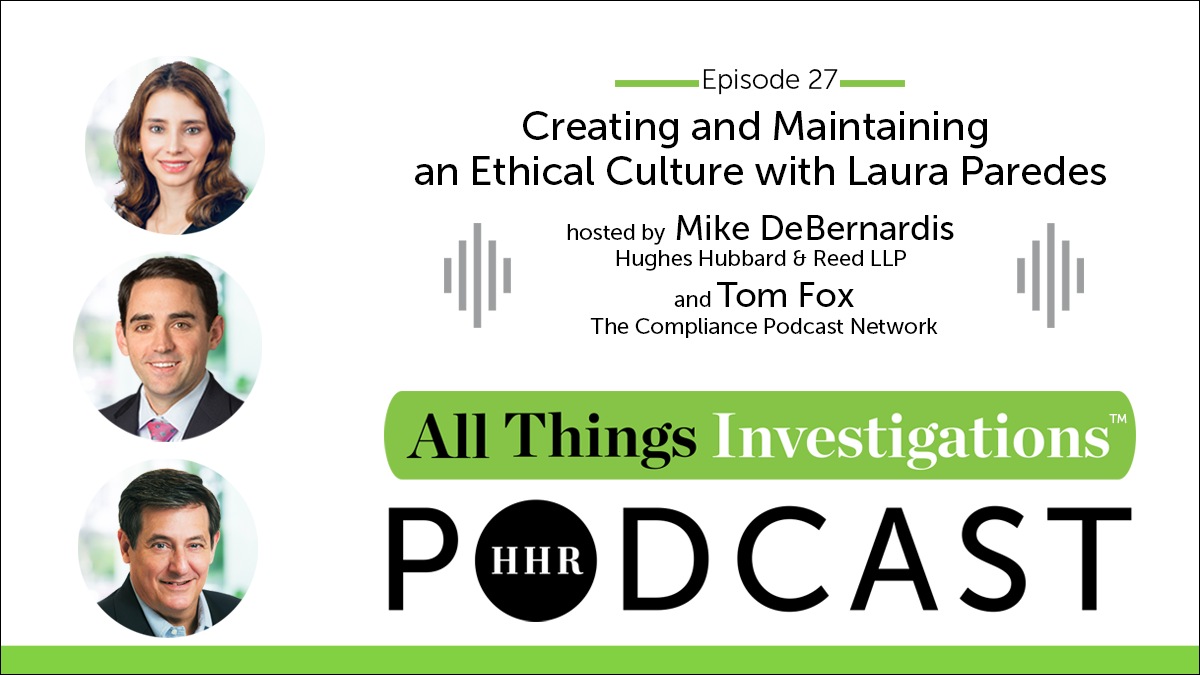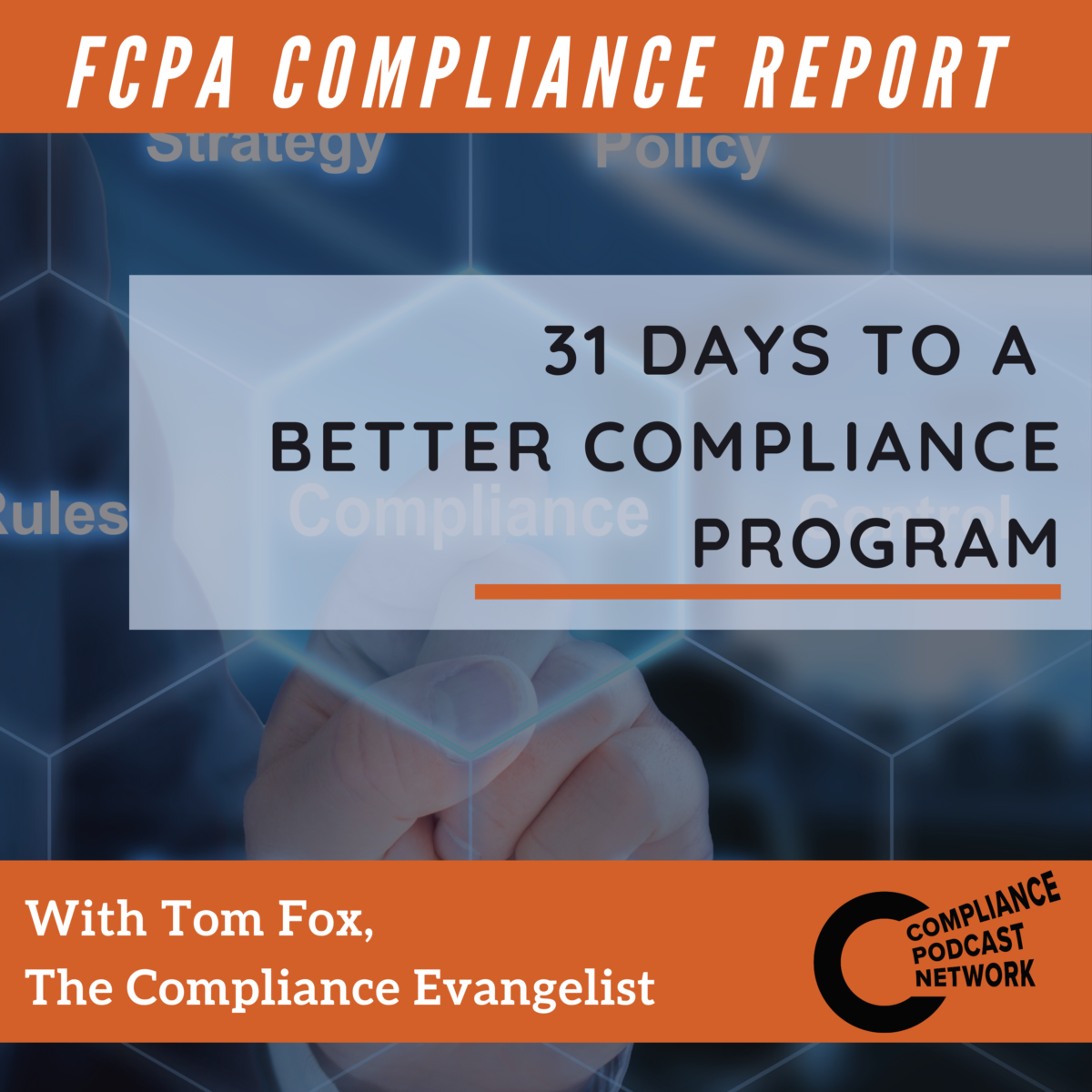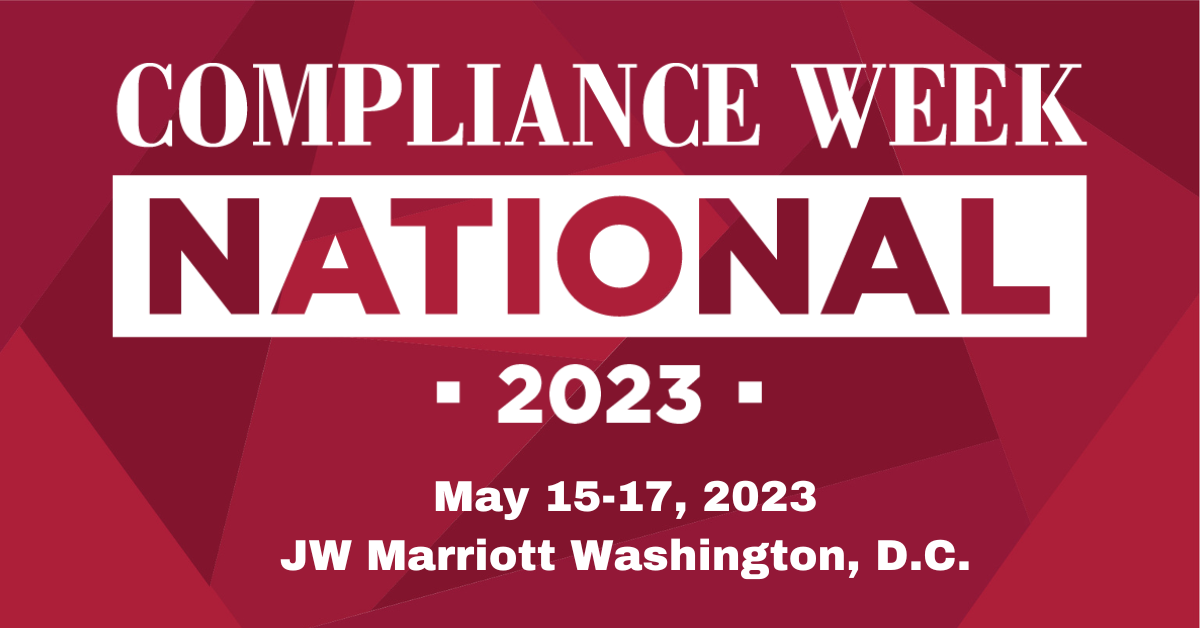Ethical misconduct can destroy a company’s reputation, result in fines and legal action, and erode trust with stakeholders. However, building an ethical culture is not easy, and compliance officers face many challenges in doing so. Ethical culture is not just about having a set of guidelines or policies in place, but rather, it’s about employees having strong values and principles that guide their decisions, even when no one is looking. In this episode of All Things Investigations, compliance expert Laura Paredes joins hosts Tom Fox and Mike DeBernardis to discuss what ethical culture means, how to achieve it, and signs that a company does or does not have an ethical culture.
Laura Paredes is the Compliance Director for the Americas at Ingram Micro, a Fortune 100 company and global technology distributor. She is a compliance expert with over 15 years of experience in the field, focusing on anti-corruption, anti-bribery, and antitrust compliance. Prior to her current role, Laura worked as a compliance attorney and auditor for leading multinational corporations. She has a law degree from Universidad de Buenos Aires and an LLM in International Business and Economic Law from Georgetown University.
You’ll hear Tom, Mike and Laura discuss:
- An ethical culture is about employees having strong values and principles that guide their decisions, even when no one is looking.
- An ethical culture is part of a company’s DNA and should allow employees to make the right decision, even if the rule is not written anywhere.
- Signs that a company has an ethical culture include:
- Positive peer pressure, where employees feel free to speak up and raise concerns without fear of retaliation.
- Leadership plays a crucial role in creating and maintaining an ethical culture by communicating the values of the company and reinforcing them through middle management.
- Transparency and an open-door policy.
- Signs that a company does not have an ethical culture include employees being afraid to speak up, wrongdoing being allowed, and lack of accountability.
- An ethical culture is led by committed leadership and requires institutional justice and fairness.
- Establishing policies and procedures that are relevant and easy to understand is key, along with constant training and communication to employees.
- Recognizing and rewarding good conduct can have a positive effect on the culture.
- It’s important to have a plan for building an ethical culture and to have leadership and the Board of Directors on board with it.
- Building alliances and working with other departments, such as audit and finance, can be effective in promoting compliance.
KEY QUOTES:
“An ethical culture is about employees having strong values, strong principles that they can apply when they’re going to make a business decision. It’s something that is part of the DNA of the company, and it’s something that will allow them to make the right decision even if the rule is not written anywhere.” – Laura Paredes
“When employees are not afraid to speak up, and they will openly bring concerns up to their managers or to a compliance officer or legal. They will feel free to ask questions they will not feel ashamed of… There is transparency and there is an open door policy and people feel free to speak up without fear of retaliation, that’s a good sign.” – Laura Paredes
“If you can work with an audit, if you can work with finance and share the same tools that they’re using to implement the compliance program, to communicate, to create a culture of compliance, then maybe you can reach more people and you can be more effective.” – Laura Paredes
Resources:
Hughes Hubbard & Reed website
Laura Paredes on LinkedIn








